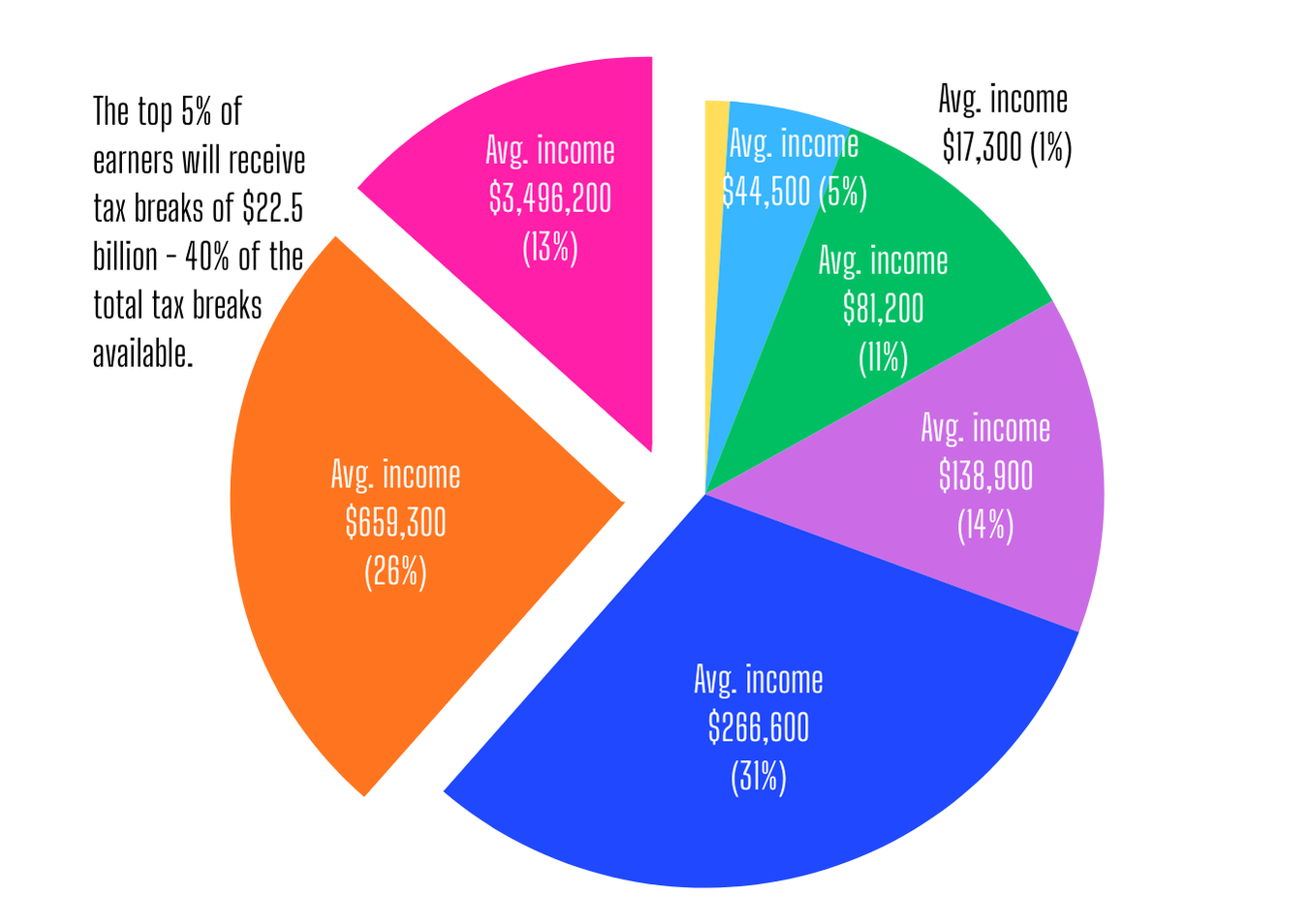
CALIFORNIA’S MOST VULNERABLE students and families will suffer from the effects of President Trump’s budget bill, which cuts health care for millions and guts public services and resources to provide tax breaks for billionaires and corporations.
The bill, narrowly passed by both Republican-controlled houses of Congress and signed into law in early July, includes deep federal funding cuts that will cause deep harm to California’s public schools, particularly those serving low-income communities. The most immediate threats come from reductions to Medicaid reimbursements, which many school districts use to fund essential student health services.
According to the California School-Based Health Alliance, the projected loss of more than $1.2 billion in Medicaid funding over the next five years could put school nurses, school counselors and behavioral health programs at risk — at a time when our students have a dire need for their support.
School districts across the state, from Los Angeles and Oakland to San Bernardino, Fresno and throughout the Central Valley, stand to lose millions in federal funding annually, with an estimated 3.4 million residents statewide expected to lose health care coverage due to the Trump Budget Cuts over the next 10 years. Additionally, threats to federal special education funding are forcing school districts to consider choosing between complying with federal law and cutting other programs and services.
“This budget is a direct attack on the very people our public institutions are meant to lift up. Instead of investing in our children’s education, as well as in their health and their future, this law hands billions in tax breaks to the ultra-wealthy — while pulling the rug out from under America’s students and families,” NEA President Becky Pringle said. “This isn’t just a policy failure, it is a moral disgrace. Trump and congressional Republicans undermined our public schools and every student in them. When politicians in D.C. slash state funding, students in rural, suburban and urban communities alike bear the brunt of devastating cuts.”
Funding released for migrant education, English Learner services
In late-July, after immense public pressure from educators, community, parents and students across the country, the Trump Administration released nearly $6 billion in funding for public K–12 schools that it had frozen earlier in the month, just as it was set to be disbursed. The freeze was reportedly to review whether the programs complied with Trump’s extreme agenda. With California’s share estimated at $1 billion, the move impacted school districts statewide, including programs critical for migrant students and English learners.
California was set to receive approximately $120 million in Title I-C funding in 2024–25 for migrant education services, which includes after-school tutoring, family literacy and health services for children of agricultural, dairy and fishing workers. Funding for English language acquisition through Title III was also being illegally impounded. California received about $157 million in 2024–25 for multilingual coaches, curriculum development and professional development for teachers supporting the state’s 1.1 million English learners.
There were substantial impacts at the local level — Fresno Unified School District stood to lose more than $7 million in federal funding for migrant and English learner programs, while Clovis Unified estimated a potential loss of $2.2 million.
“Our students are going to be impacted by the political decision to weaponize funding,” CTA President David Goldberg said. “These are students in red and blue counties and rural and urban areas in every corner of California.”
Attorney General Rob Bonta announced in July that California was part of a coalition of state attorneys general filing a lawsuit to reverse the illegal impoundment of the funds.
“Taken together with his other attacks on education, President Trump seems comfortable risking the academic success of a generation to further his own misguided political agenda,” Bonta said. “But as with so many of his other actions, this funding freeze is blatantly illegal.”
Pringle says that educators across the country will continue to fight back against Trump’s attacks on our public schools and communities and fight forward to protect our future and defend our democracy.
“Educators and parents will not stand by in silence as Trump terrorizes our communities. We will speak out, organize, and fight back because we know what is at stake,” Pringle said. “Our students deserve better. Our families deserve better. And we will not rest until every student, no matter their background or ZIP code, has the opportunity to learn, grow, and thrive.”
Funding to assist English Learners
Title III-A is a component of the Elementary and Secondary Education Act (amended by the Every Student Succeeds Act). The budgeted $890 million in Title III-A federal funding to local educational agencies (LEAs) provides support for English Learner and immigrant students in public and private schools and helps ensure they develop high levels of academic achievement. Funds are also used for professional development, family and community engagement and supplemental instructional materials.
California received $157 million in Title III-A funding this year, according to the state Dept. of Education. “This money can make an incredible difference in helping teachers to learn how to teach kids English, and so we can support our kids so they can show up for school,” said Jimmy Barbuto, a member of Oakland Education Assn.’s Newcomer committee.
“California has the largest population of English Learners in the country, and we must protect these vital services and funding that frankly isn’t even close to enough as it is to meet the needs of our students and educators.”
While this year’s funding appears to be intact after being “frozen”, Barbuto and other advocates say we must continue to push education leaders at the state and federal level to increase funding and invest in evidence-based language acquisition services.
The Rich Get Richer
How the new budget’s tax breaks line up in California

The pink and orange segments show the top 5% of income earners in California, who will receive a disproportionate $22.5 billion in tax breaks, or almost 40% of the total tax breaks of $58.5 billion. By comparison, the lowest income earners, who comprise 20% of all earners, will receive 1%.
Source: Institute of Taxation and Economic Policy
Did You Know?
THE IMPACT OF the newly enacted federal budget bill gives vastly disproportionate tax breaks to the uber-wealthy. According to the Institute of Taxation and Economic Policy, the top 5% of earners in California alone (those making more than $650,000 annually) will account for almost 40% of the tax breaks — a staggering $22.5 billion.
Research by budget policy experts suggests that this amount could cover the federal costs to maintain SNAP and health care benefits for all current recipients in California. Trump’s Budget literally takes from the poorest to give to the richest.
For a detailed look at the budget impacts, read the California Budget & Policy Center’s July 2025 report at bit.ly/4l7i1ZG.
Budget Bill by the Numbers
$28.4 Billion:
Projected loss in Medicaid funding for California over the next 10 years, with $1 trillion being cut nationwide.
$3.4 Million:
Californians at risk of losing Medi-Cal coverage due to federal Medicaid cuts, including children, seniors and people with disabilities.
$811 Million:
Federal education funding frozen for California schools in July, impacting summer programs, migrant education, and tutoring this summer. Almost all of the funds were released in late July.
$1 Million+:
California English Learners who were at risk of losing critical language support and enrichment programs due to cuts to Title III funding. Almost all of the funds were released in late July.
$2.8–$5.4 billion per year:
California’s anticipated loss in annual SNAP funding, putting more than 700,000 Californians at risk of losing critical food support.
Pell Grants evade major cuts, remain under threat
WHILE THE POPULAR Pell Grant program that helps an estimated 6.4 million American students in need (and nearly 1 million in California alone) escaped major cuts, Trump’s budget bill freezes Pell Grant funding at current levels, effectively amounting to a cut in student aid — especially in conjunction with inflation and rising college costs.
Trump and the GOP-controlled Congress also eliminated the Pell Grant reserve fund, which was used to stabilize the program when necessary and opens the door for future eligibility cuts and award reductions. Critics say the issue isn’t about dollar amounts, it’s about priorities. Instead of expanding access to higher ed, the federal government is moving to restrict it, undermining public education and threatening upward mobility for millions.
“(Trump’s budget bill) abandons students who rely on Pell to access college,” says NEA President Becky Pringle. “It’s a betrayal of opportunity.”
The Discussion 0 comments Post a Comment